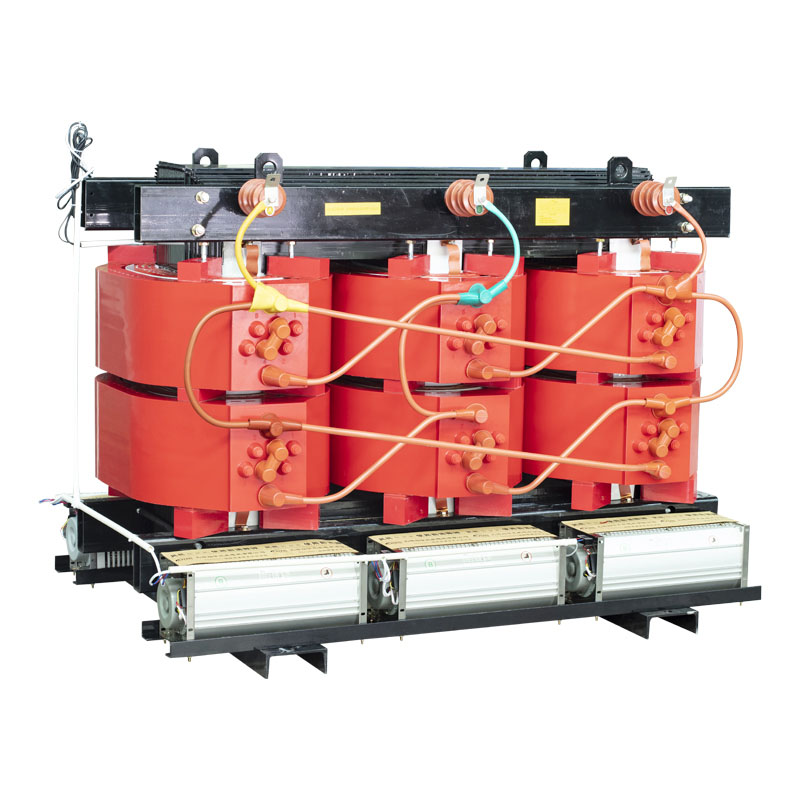Why Should You Choose Energy Efficient Transformer Solutions for Your Energy Needs?
2025-10-13
What Makes Our Energy Efficient Transformer Stand Out?
When I reflect on my two decades in the transformer business, I always emphasize that ZIKAI® is not just another name in the industry — we’re committed to pushing the boundary of Distribution Transformer efficiency in real-world applications. In this blog, I’ll walk you through how we approach designing energy efficient transformers, what benchmarks we target, and how our solutions directly solve your pain points.
What Are the Core Loss Mechanisms We Must Tackle?
To deliver real energy savings, we focus on minimizing losses. In practical operation, a transformer incurs:
-
No-load losses (core or iron losses) — caused by hysteresis and Eddy currents in the magnetic core even when there’s no load.
-
Load (copper) losses — resistive (I²R) losses in windings under load.
-
Stray losses and dielectric losses — leakage flux and insulation effects.
We pay especially strong attention to no-load losses, because distribution transformers often run 24/7 and spend much time at light load. A small reduction in no-load loss yields large savings over decades. leonardo-energy.pl+2United for Efficiency+2
How Do We Define “Energy Efficiency” in a Transformer Context?
From a technical standard standpoint, we measure:
| Metric | Definition | Why It Matters |
|---|---|---|
| Efficiency at 50% load | Ratio of output to input at half rated load | Many utilities adopt this as benchmark (e.g. MEPS) transformers-magazine.com+1 |
| No-load loss (W) | Core loss when transformer is energized but unloaded | Dominates losses at light load |
| Load loss (W) | Copper losses under a specified load (often 75% or 100%) | Critical under heavy use |
| Total loss or combined loss | Sum of no-load + load losses | Overall operational cost driver |
In many markets, minimum energy performance standards (MEPS) are defined in terms of maximum allowable no-load & load losses or minimum efficiency at 50% load. ENERGY STAR+2transformers-magazine.com+2
What Are the Typical Efficiency Levels We Target?
From our internal benchmarks and industry references, here is a typical target table for medium-power distribution transformers:
| Rated kVA | Minimum Efficiency @ 50 % Load | High Efficiency (HE) Target | Typical No-Load Loss | Typical Load Loss |
|---|---|---|---|---|
| 100 | ~ 98.7% | ~ 99.0% | 260 W | 520 W |
| 200 | ~ 98.94% | ~ 99.11% | 400 W | 770 W |
| 500 | ~ 99.13% | ~ 99.26% | 500 W | 890 W |
| 1000 | ~ 99.27% | ~ 99.37% | – | – |
These figures are in line with published standards (e.g. AS 2374.1.2) used in some markets. transformers-magazine.com+1
In our ZIKAI® models, we often push slightly beyond minimum: for a 500 kVA model we aim for no-load loss ≤ 450 W and load loss ≤ 850 W, achieving ~99.30% efficiency under typical load profiles.
How Do We Achieve These Lower Losses in Practice?
We adopt a multi-pronged design and manufacturing strategy:
-
Core Material & Construction
-
Use high-grade cold-rolled silicon steel or amorphous alloy (in selective models) to reduce hysteresis and Eddy current losses. 维基百科+2daelimtransformer.com+2
-
Optimized lamination thickness, stacking, and core geometry to minimize flux path irregularity.
-
-
Winding Design
-
Use high-purity copper with optimal cross-section and minimal skin effect.
-
Minimize resistance via tight tolerances, good joint techniques, and low stray resistance.
-
-
Advanced Cooling & Thermal Management
-
Efficient cooling paths (oil channels or forced air/dry cooling) to maintain lower temperature rise, which in turn reduces resistive losses.
-
Thermal modelling to prevent hotspots.
-
-
Precision Manufacturing & Quality Control
-
Rigorous testing: no-load test, load test, temperature rise, insulation withstand, short-circuit test.
-
Trim and adjust core shunts, correct flux distribution, and fine tuning before delivery.
-
-
Digital Monitoring (Optional Add-on)
-
In some advanced models, we embed sensors to monitor temperature, flux, load pattern in real time — enabling predictive maintenance and optimizing operation.
-
What Pain Points of Your Operation Do We Address?
From my years interacting with customers, the top pain points we consistently help with are:
-
High electricity bills and wastage — lower losses translate directly to cost saving.
-
Aging transformers — older units often have much higher no-load losses; upgrading yields fast ROI.
-
Regulatory & incentive compliance — many local governments require certain efficiency tiers or offer rebates.
-
Reliability & downtime — efficient, thermally stable design reduces stress and extends lifespan.
-
Grid loss reduction goals / ESG targets — supports sustainability and carbon reduction goals.
We often run a lifecycle cost (LCC) comparison for clients, showing that though the upfront cost is modestly higher, the cumulative energy savings plus reduced maintenance yield net benefit over the typical 25–30 year life.
What Are the Key Product Models & Parameters in Our ZIKAI® Line?
Below is a sample parameter table for several of our flagship energy efficient distribution transformer models:
| Model | Type | Rated kVA | Primary Voltage | Secondary Voltage | No-load Loss (W) | Load Loss (W) | Temperature Rise | Cooling Mode |
|---|---|---|---|---|---|---|---|---|
| ZK-DE100 | Oil-immersed | 100 | 11 kV | 0.433 kV | 250 | 500 | 55 K | ONAN |
| ZK-DE200 | Oil-immersed | 200 | 11 kV | 0.433 kV | 380 | 770 | 55 K | ONAN |
| ZK-DE500 | Oil-immersed | 500 | 11 kV | 0.433 kV | 450 | 850 | 55 K | ONAN/Forced oil |
| ZK-DR800 | Dry / Resin cast | 800 | 11 kV | 0.433 kV | 520 | 960 | 60 K | Air cooling |
| ZK-AM1000 | Amorphous core | 1000 | 11 kV | 0.433 kV | 600 | 900 | 55 K | ONAN |
All models comply with relevant IEC, IEEE and regional MEPS standards. In customized orders we can adjust tap steps, insulation levels, seismic ratings, etc.
How Do You Compare Total Cost over Life Among Options?
We always present clients with a Total Cost of Ownership (TCO) comparison, not just purchase cost. A simplified formula:
TCO = Purchase Cost + (Annual Losses × Electricity Cost × Years) + Maintenance / Repair Costs
We provide you side-by-side comparison:
-
Standard transformer
-
Our energy efficient transformer
-
Payback period
-
Net savings over 10, 20, 30 years
This quantitative clarity helps decision-makers choose wisely.
When Is It Ideal to Replace or Upgrade Your Transformer?
You should consider upgrading if:
-
Your existing unit is older than 20 years and losses are high.
-
Electricity tariffs are rising (makes saving more valuable).
-
You have regulatory or incentive pressure to upgrade efficiency.
-
You’re expanding capacity and can merge re-engineering.
-
You want better reliability, lower maintenance, or digital monitoring benefits.
We at ZIKAI® often assist clients with audits, loss measurements, and feasibility reports before recommending upgrades.
How Can You Get Started Working with Us?
Our process is simple and transparent:
-
Contact us with your existing transformer specs and load profile.
-
We provide a customized proposal including model options, efficiency metrics, TCO comparison.
-
You choose the model and contract.
-
We manufacture, test, deliver, and support onsite installation.
-
After commissioning, we provide performance monitoring and support.
If you want to boost your grid efficiency, cut losses, and meet green goals — let’s talk. Please contact us now with your project details or inquiry, and let our team guide you to the optimal energy efficient transformer solution.



